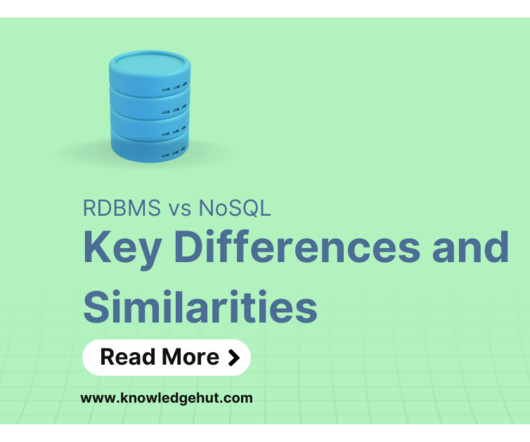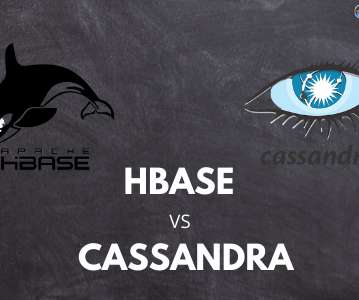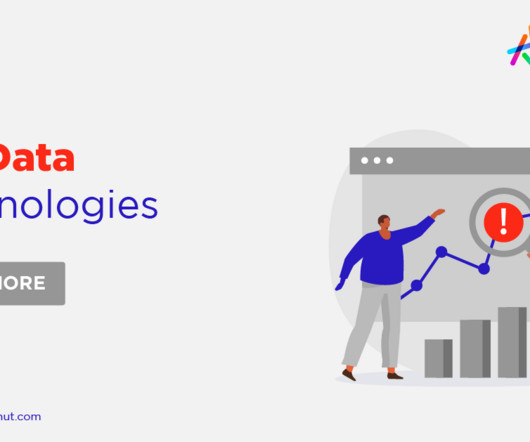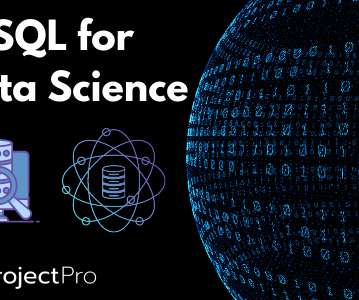7 Best Data Warehousing Tools for Efficient Data Storage Needs
ProjectPro
JUNE 6, 2025
This article will explore the top seven data warehousing tools that simplify the complexities of data storage, making it more efficient and accessible. So, read on to discover these essential tools for your data management needs. Table of Contents What are Data Warehousing Tools? Why Choose a Data Warehousing Tool?











































Let's personalize your content